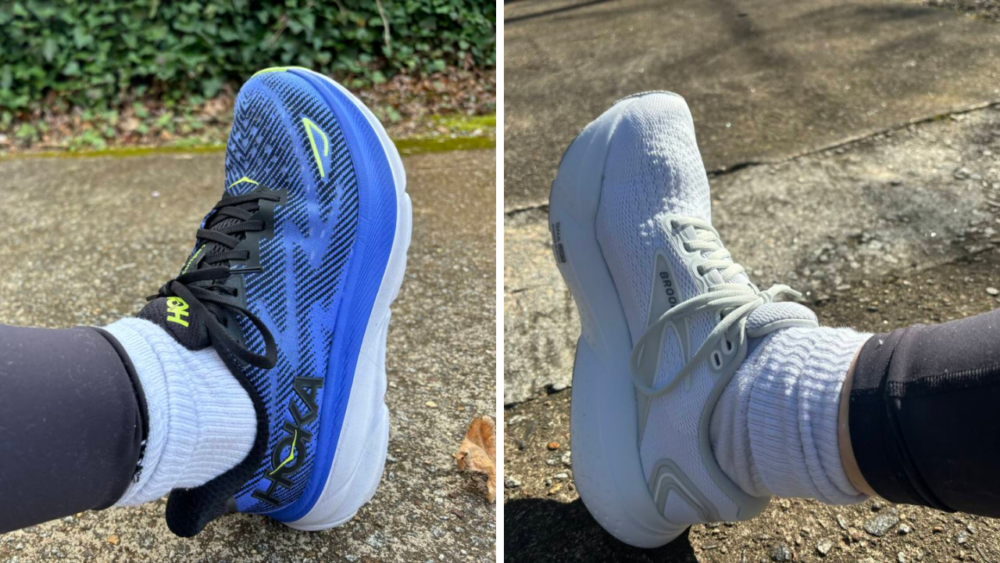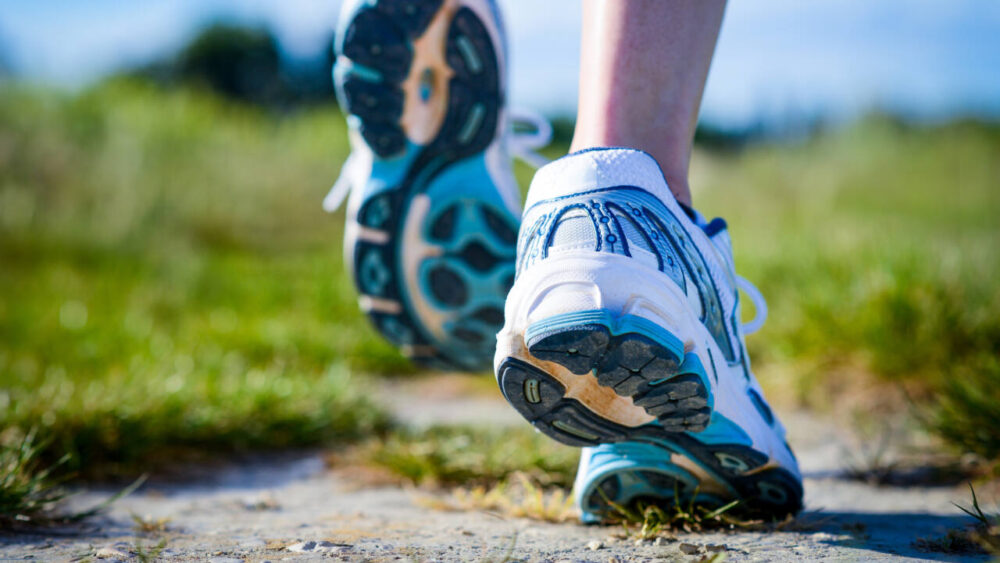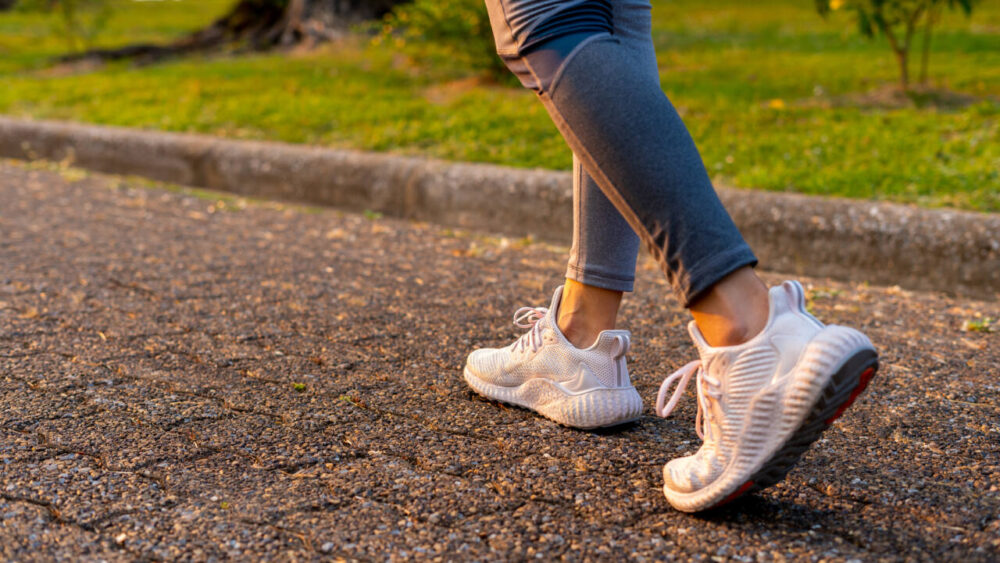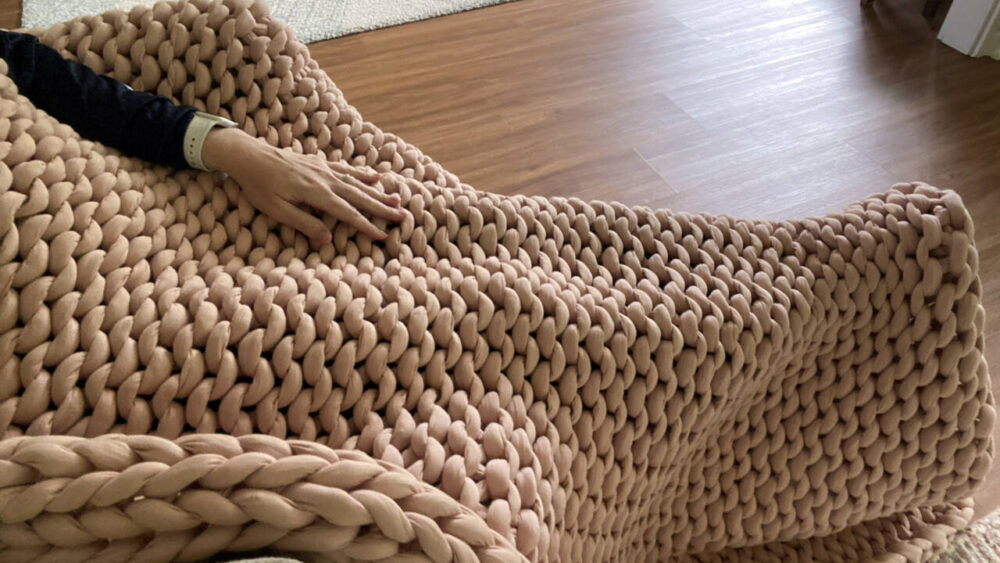The 6 Best Exercises To Relieve Anxiety And Depression

For people with anxiety and depression, their go-to treatments are often getting on medication or seeing a therapist.
Although these avenues can definitely be helpful, there are a number of other factors that play a role in your overall mood, and one of those is physical exercise.
It might sound surprising that how often you workout could have an effect on how you feel mentally, but our physical body and mind have a strong connection, so taking care of one will have a positive effect on the other.
A review from Harvard University that looked at multiple studies stretching back to 1981 found that regular exercise can improve mood in people with mild to moderate depression, and it can play a supporting role in people with severe depression.
Other studies from the Archives of Internal Medicine have even found that the effects of regular exercise can last longer than antidepressants.
The same goes for anxiety. Multiple studies have found that exercise reduces feelings of anxiety and encourages feelings of wellbeing, and like depression, exercise can be an equally, if not more, effective than medication.
Even if exercise isn’t the sole remedy for curing mood disorders, it’s clear it can play a large role, so it’s important for everyone to incorporate some sort of workout into their routine to keep their overall mood its best.
If you’re looking for some happiness-inducing workouts, consider these six exercises that are best for relieving anxiety and depression.
1. Yoga
Yoga is generally most people’s go-to when it comes to exercises that make you relaxed. But yoga not only has positive effects in the short term: Studies show that people who take yoga classes experience significant reductions in anxiety, depression, anger, and neurotic symptoms.
Yoga focuses on deep breaths and internal focus, which can be very beneficial for people dealing with anxiety or depression.
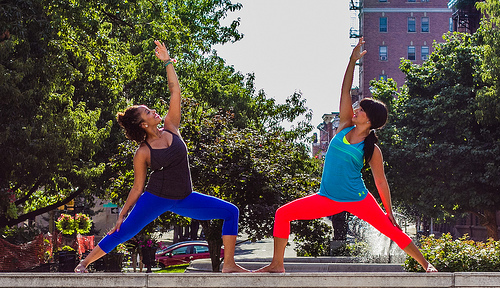

2. Running
Many people turn to a quick run or jog when they’re feeling down, and for good reason. Running releases endorphins, natural feel-good chemicals in your body that give you a euphoric feeling.
But the effects aren’t just short-term. A study from the journal Comprehensive Psychiatry found that running is just as effective as psychotherapy in alleviating symptoms of depression.
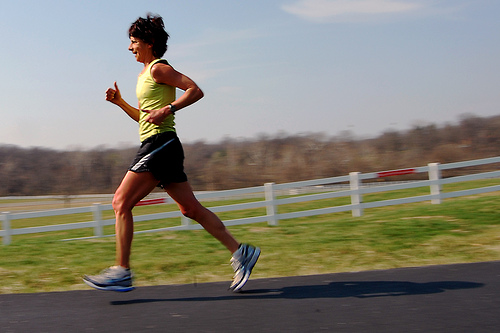

3. Hiking
In addition to mood-boosting cardiovascular activity, hiking involves being outside, and spending some time in nature can have even more beneficial mental health effects.
A study from the journal Environmental Health and Preventive Medicine found that participants who took a walk in a wooded area had lowered stress hormones than those who took a walk in an urban city.


4. Dancing
Whether you’re taking a Zumba class, salsa dancing with a partner, or just grooving out to some music in the comfort of your own home, dancing can help can help relieve stress and anxiety.
Studies show that dance classes can reduce anxiety more so than regular physical education. In addition to being physically active, many people see dance as a form of personal expression, which can help strengthen the connection between the mind and the body.
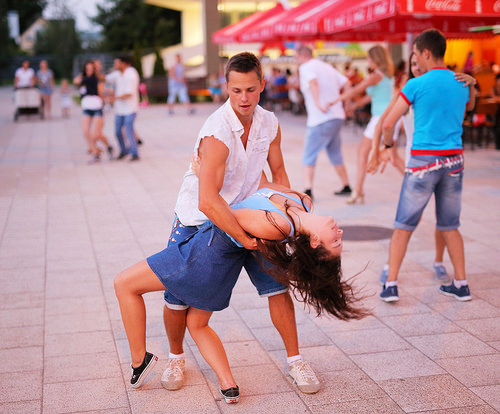

5. Strength Training
People are more likely to associate strength training with building muscle, but it can also have strong mental effects as well. One study from the American Journal of Lifestyle Medicine found that regular resistance training can reduce symptoms of both anxiety and depression.
Strength training improves mood and self-esteem, regulates sleep, and reduces stress, which can all contribute to overall feelings of wellbeing.
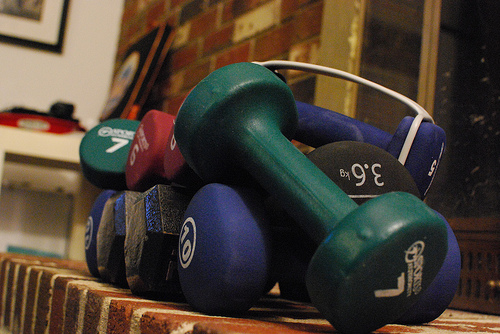

6. Tai Chi
Tai Chi is a form of exercise originating from China that incorporates Chinese martial arts with meditative movements. A study from the International Journal of Behavioral Medicine found that people who practiced tai chi showed improvement in areas of depression, anxiety, and general stress management.
The workout involves mental concentration, physical balance, muscle relaxation and relaxed breathing, which can all play a role in regulating mood.
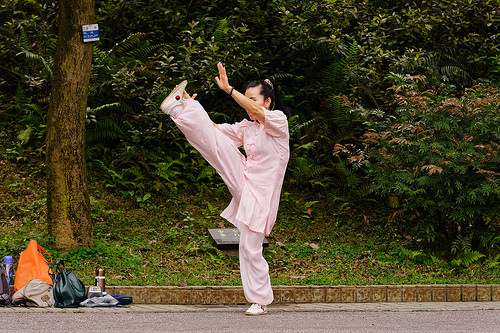

Photo by Andrew Kalat
Photo by Moyan_Brenn


